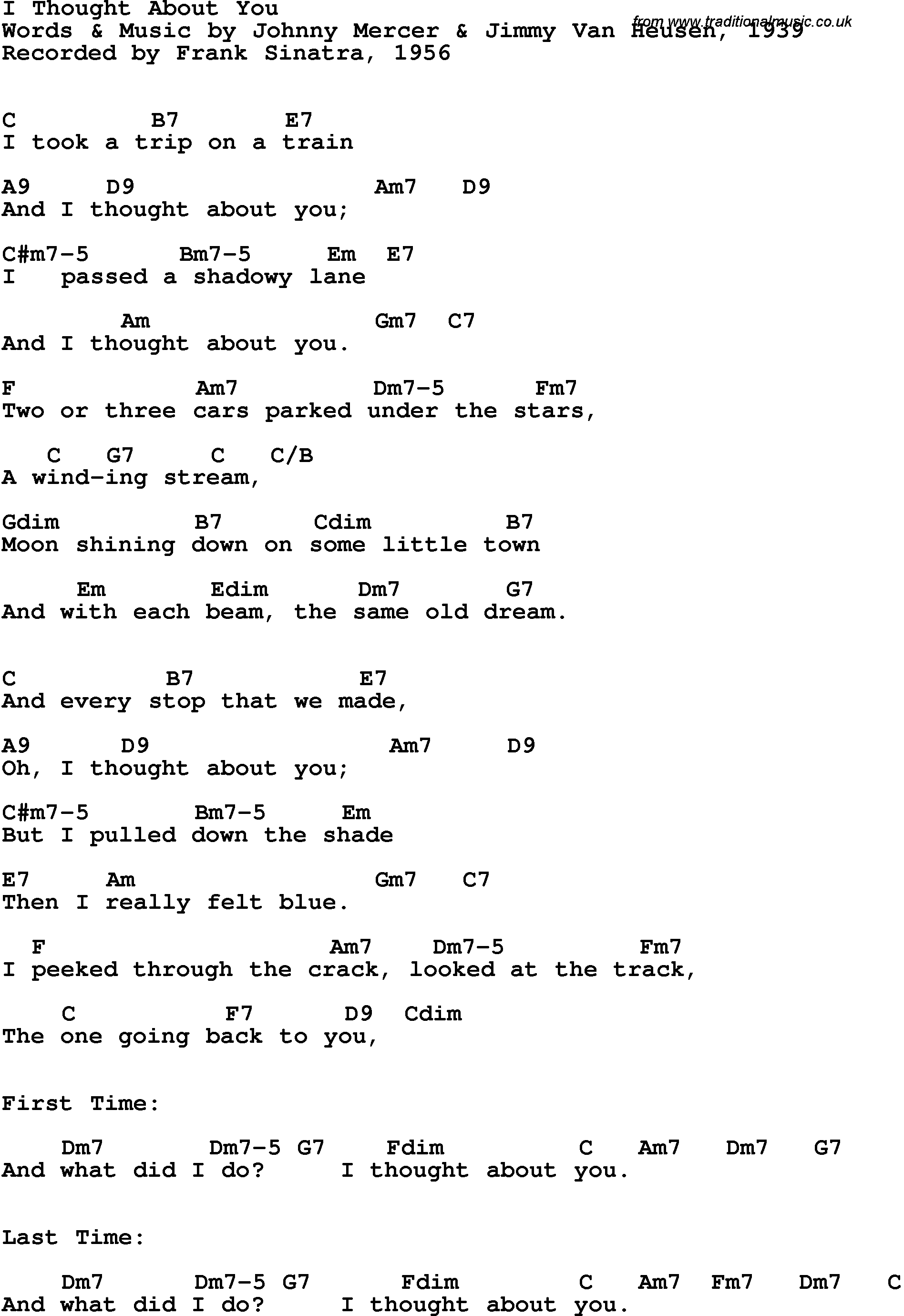Have you ever found yourself humming along to a song, only to be completely stumped when asked to name the chords? The intricate web of melodies and harmonies can feel like a secret code, and for many, the world of chord progressions remains shrouded in mystery. But what if I told you that deciphering those chords, understanding their structure and how they weave together, can unlock a deeper appreciation for music and even empower you to create your own melodies?

Image: solanolabs.com
This article dives into the fascinating realm of “You Thought I Was Worth Saving” chords, exploring their unique sound, their place in popular music, and their potential to expand your musical understanding. We’ll unravel the secrets behind this often overlooked chord progression, and you’ll learn how to identify and even incorporate it into your own musical journeys.
Defining the “You Thought I Was Worth Saving” Chords
The term “You Thought I Was Worth Saving” chords doesn’t refer to a specific, named chord progression like “I-IV-V” or “ii-V-I.” Instead, it’s a shorthand for a particular mood and chord structure used in the song “You Thought I Was Worth Saving” by the band The National. This iconic song, known for its melancholic yet hopeful tone, features a key progression that consists of:
- Am – C – G (a simple, traditional progression in A minor)
- F – Dm7 – Am (a more unexpected twist, introducing a secondary dominant chord, F, which leads strongly to Dm7 before resolving back to Am)
While the actual chords may differ depending on the key the song is played in, the core structure remains the same. This structure is what gives the song its unique character – the combination of predictable and surprising elements creates a feeling of both familiarity and intrigue.
The Melancholy Magic of the Progression
The “You Thought I Was Worth Saving” chords evoke a sense of both sadness and hope, a feeling of longing and introspection. This emotional duality is achieved through the interplay of the chords and their placement within the progression.
The Role of Am and G:
The progression begins with the minor chord Am, which sets the melancholic tone. The major chord G, which appears later, brings a glimmer of hope, a contrasting feeling of resolution. This back-and-forth between minor and major chords creates a dynamic emotional landscape that mirrors the song’s lyrical themes of struggle and resilience.

Image: www.praisecharts.com
The Unexpected F Chord:
The F chord is a key ingredient in this progression. It acts as a secondary dominant, pulling the ear towards the Dm7 chord, creating a natural yearning for resolution. This expectation is then fulfilled with the return to the Am chord, offering a moment of emotional release. This interplay between tension and release contributes to the song’s emotional depth.
Real-World Applications
The “You Thought I Was Worth Saving” chord progression is more than just a musical quirk. It’s a powerful tool that can be utilized by musicians across genres to evoke specific emotions and enhance their compositions.
Evolving the Progression:
While the basic progression is straightforward, it serves as a starting point for experimentation. Musicians can add embellishments, like adding seventh chords, inversions, or passing chords. They can also extend the progression by adding more verses or bridges, further exploring the emotional depth it offers.
Beyond “You Thought I Was Worth Saving”:
The core structure of this progression can be transposed to different keys and used in diverse musical styles. While it originated in indie rock, it can be equally effective in genres like folk, pop, or even electronic music. Its versatility lies in its ability to convey a wide range of emotions, making it adaptable to various musical contexts.
The Impact of “You Thought I Was Worth Saving”
The influence of “You Thought I Was Worth Saving” and its chord progression extends beyond the song itself. It has become a benchmark for a certain type of emotional depth, inspiring countless other musicians to explore similar tonal landscapes.
The Appeal to Modern Music:
The progression, with its blend of traditional and unexpected elements, resonates deeply with modern music listeners. It captures a sense of introspection and emotional honesty that is prevalent in many contemporary artists. The song’s simple yet powerful structure has influenced and inspired countless artists, leading to a growing trend of embracing emotional vulnerability in songwriting.
Mastering the Chords: A Path to Musical Mastery
Understanding the “You Thought I Was Worth Saving” chords isn’t about memorizing a set of notes. It’s about recognizing the interplay of harmonies, the way they create emotions, and how they can be used to tell stories through music.
Developing Ear Training:
One way to deepen your understanding is through ear training. This involves listening to music and trying to identify the chords being played. This practice sharpens your ability to detect subtle changes in harmony and understand the underlying structure of music.
Experimenting with Your Own Music:
Another key step is to experiment with the progression yourself. Try playing it on an instrument, singing it, or even creating your own variations. This hands-on experience will deepen your knowledge and allow you to explore the chord’s potential.
You Thought I Was Worth Saving Chords
Redefining “You Thought I Was Worth Saving”
Beyond its musical impact, the phrase “You Thought I Was Worth Saving,” when applied to chords, takes on a symbolic meaning. It represents a journey of discovery, a process of unraveling hidden layers of musical expression. It’s a reminder that beneath the surface of seemingly simple harmonies lies a wealth of emotional depth and creative potential.
So, when you hear those familiar chords in a song, remember that they’re more than just notes. They’re a language that speaks to our most profound emotions. Embrace the “You Thought I Was Worth Saving” chords, explore their intricacies, and unlock a world of musical possibilities.





